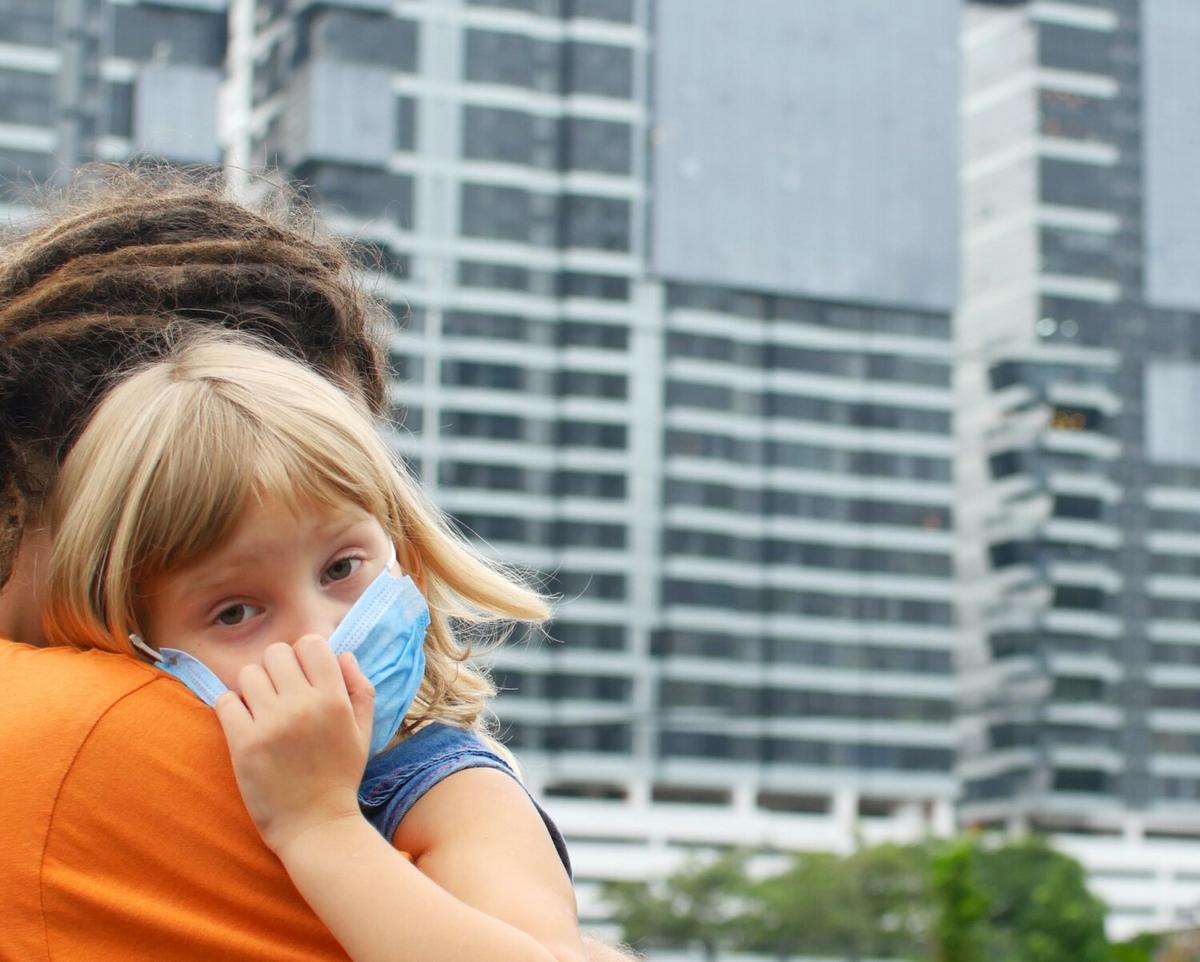
The Impact of Air Quality on Child Health: What Parents Need to Know
Children’s health is profoundly influenced by the air they breathe, a factor often overlooked but crucial in their development and well-being.
As parents, safeguarding our children’s health is a top priority, yet one significant factor often slips under the radar: air quality. The air that our children breathe can have profound effects on their health, influencing everything from respiratory function to cognitive development. This article delves into how air quality impacts child health and what parents can do to mitigate risks.
Understanding Air Quality and Child Health
Air quality refers to the condition of the air within our environment. Poor air quality, characterized by pollutants such as particulate matter (PM2.5), nitrogen dioxide (NO2), and ozone, can adversely affect health. According to a report by the World Health Organization, over 90% of the world’s children breathe toxic air every day, leading to respiratory issues and other health challenges.
Expert Opinions and Research
Dr. Maria Neira, Director of the Public Health and Environment Department at WHO, emphasizes that children are particularly vulnerable to air pollution due to their developing lungs and immune systems. A study published in the journal “Environmental Health Perspectives” found that long-term exposure to air pollution increases the risk of asthma in children.
Personal Stories: Real-Life Impacts
Consider the story of Emma, a mother from Los Angeles, who noticed her son, Tom, was frequently coughing and struggling to breathe. After visiting a pediatrician, she learned that air pollution was exacerbating his asthma. By investing in air purifiers and ensuring Tom played outdoors during times when air quality was better, she was able to significantly reduce his symptoms.
Actionable Tips for Parents
- Monitor Air Quality: Regularly check air quality indexes using reliable apps or websites.
- Invest in Air Purifiers: Use high-quality air purifiers in your home, especially in children’s bedrooms.
- Create a Clean Home Environment: Regular cleaning can reduce indoor pollutants. Consider using eco-friendly cleaning products.
- Plant Indoor Plants: Certain plants can naturally purify the air by absorbing toxins.
External Resources
For further reading, you can explore resources from the World Health Organization or the Environmental Protection Agency.
Comparing Indoor vs. Outdoor Air Quality
| Factor | Indoor Air | Outdoor Air |
|---|---|---|
| Common Pollutants | Dust, mold, VOCs | Ozone, PM2.5, NO2 |
| Primary Sources | Cleaning agents, heating, cooking | Vehicles, industrial emissions |
| Health Risks | Respiratory issues, allergies | Asthma, cardiovascular diseases |
| Control Methods | Air purifiers, ventilation | Regulation, public policy |
Frequently Asked Questions
How can I check air quality in my area?
There are several apps and websites, such as AirVisual, that provide real-time air quality data.
What are the common signs of poor air quality affecting my child?
Common signs include coughing, wheezing, shortness of breath, and increased asthma symptoms.
Conclusion
Air quality is a critical factor in children’s health. By staying informed and taking proactive steps, parents can significantly reduce the risks associated with poor air quality. From monitoring local air quality to investing in home purification systems, small changes can make a big difference. As awareness grows, let’s strive to ensure that the air our children breathe contributes positively to their health and well-being.